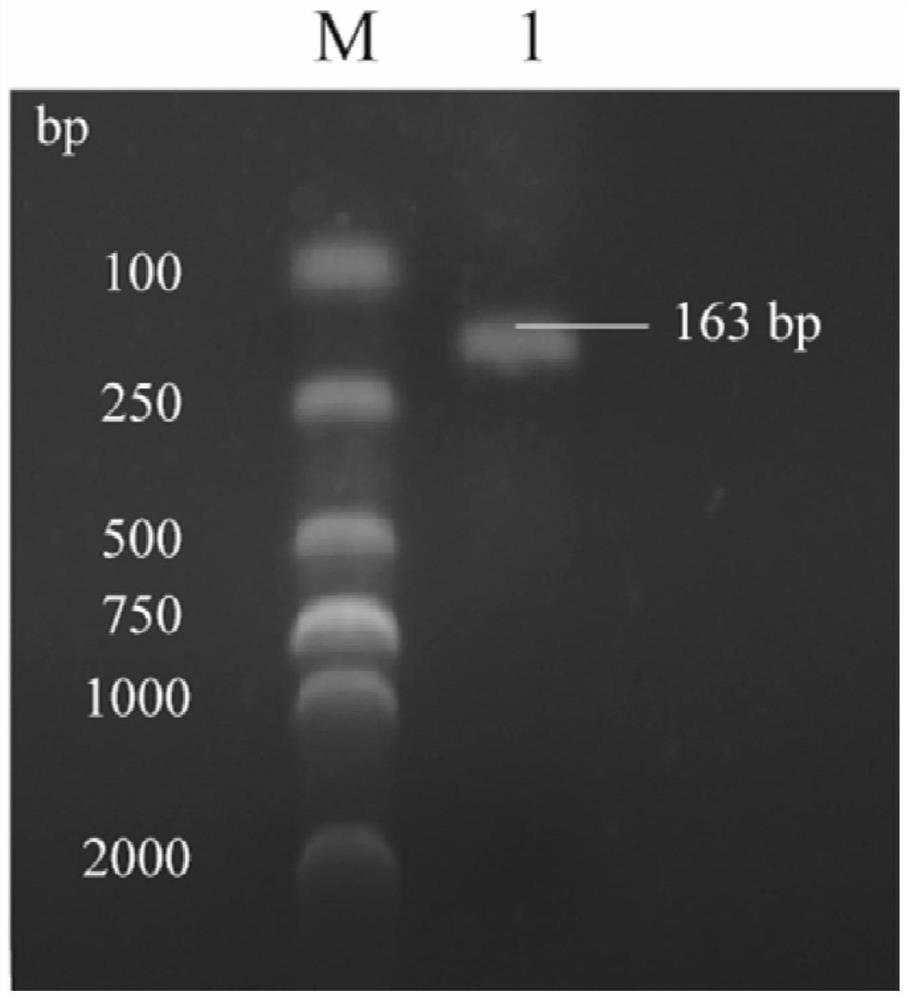A method for isolating and culturing zebrafish primary intestinal macrophages
A macrophage and zebrafish technology, applied in the field of cell separation and culture, can solve the problems of low expression, difficult separation methods and application of intestinal macrophages, etc. Effect
- Summary
- Abstract
- Description
- Claims
- Application Information
AI Technical Summary
Problems solved by technology
Method used
Image
Examples
Embodiment Construction
[0040] The present invention can be better understood from the following examples.
[0041] The specific steps for isolating and culturing zebrafish primary intestinal macrophages are:
[0042] (1) Take 8 healthy zebrafish and put them in sterilized culture water for 4 hours, and transfer them to sterile culture water containing 200IU / mL penicillin and 200μg / mL streptomycin sulfate for 12-16 hours;
[0043] (2) After killing the zebrafish, soak it in alcohol for 30s, transfer it to a sterile ultra-clean operating table, fix the fish body, use sterilized scissors and forceps to open the abdomen to kill the zebrafish, dissect the zebrafish, take out the intestine and rinse it in alcohol for a few seconds ;
[0044] (3) Cut the intestine longitudinally with a sterile needle, cut it into small tissue pieces of 1mm×1mm with scissors, and wash twice in PBS solution containing 10vt% FBS;
[0045] (4) Take 70 g of the small tissue pieces obtained in step (3) and grind them on a 70 μ...
PUM
 Login to View More
Login to View More Abstract
Description
Claims
Application Information
 Login to View More
Login to View More - R&D Engineer
- R&D Manager
- IP Professional
- Industry Leading Data Capabilities
- Powerful AI technology
- Patent DNA Extraction
Browse by: Latest US Patents, China's latest patents, Technical Efficacy Thesaurus, Application Domain, Technology Topic, Popular Technical Reports.
© 2024 PatSnap. All rights reserved.Legal|Privacy policy|Modern Slavery Act Transparency Statement|Sitemap|About US| Contact US: help@patsnap.com









